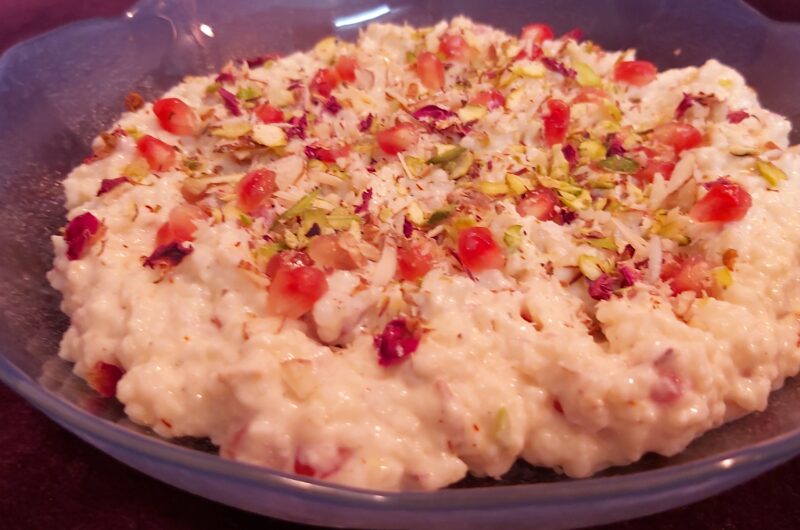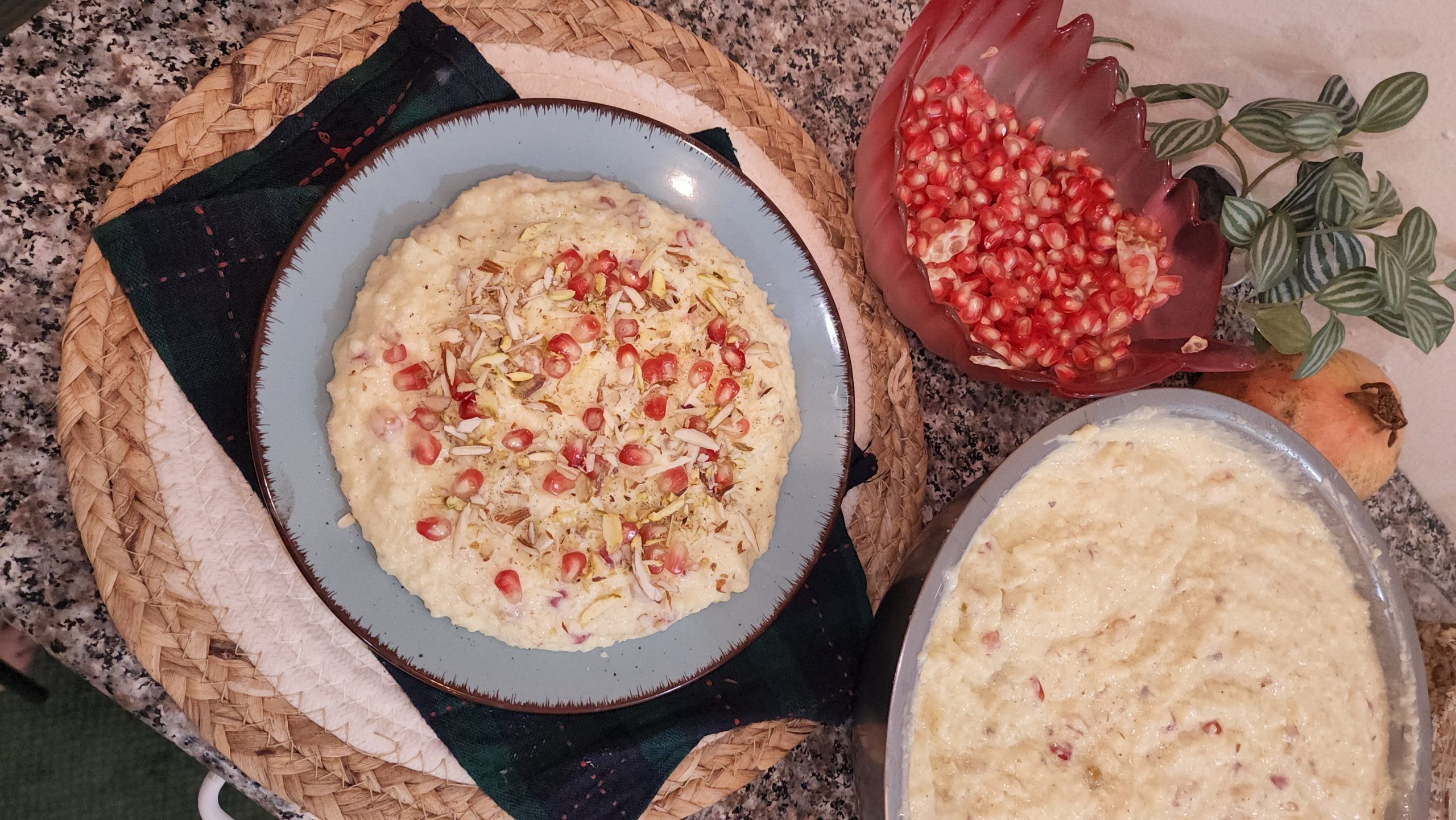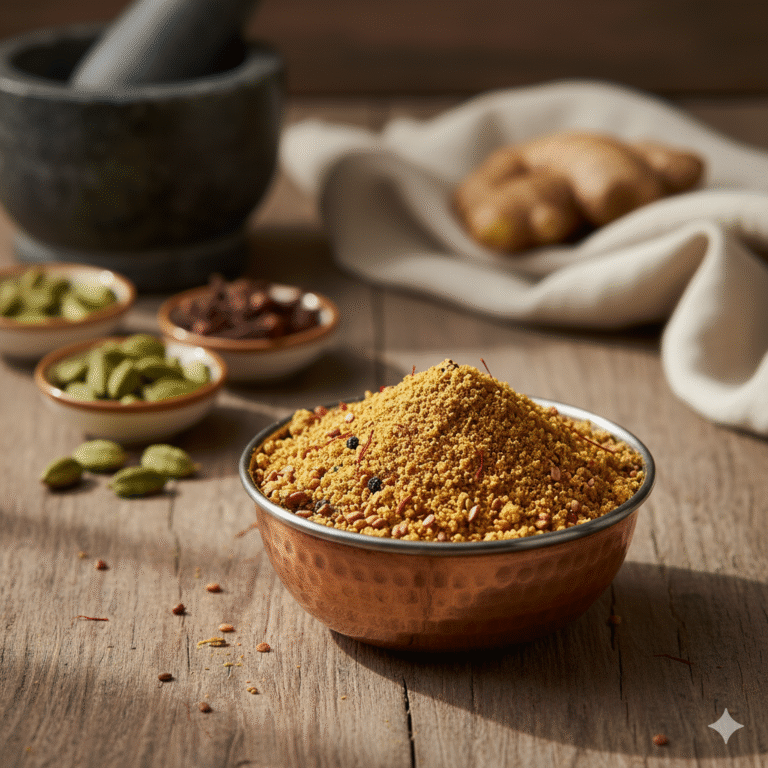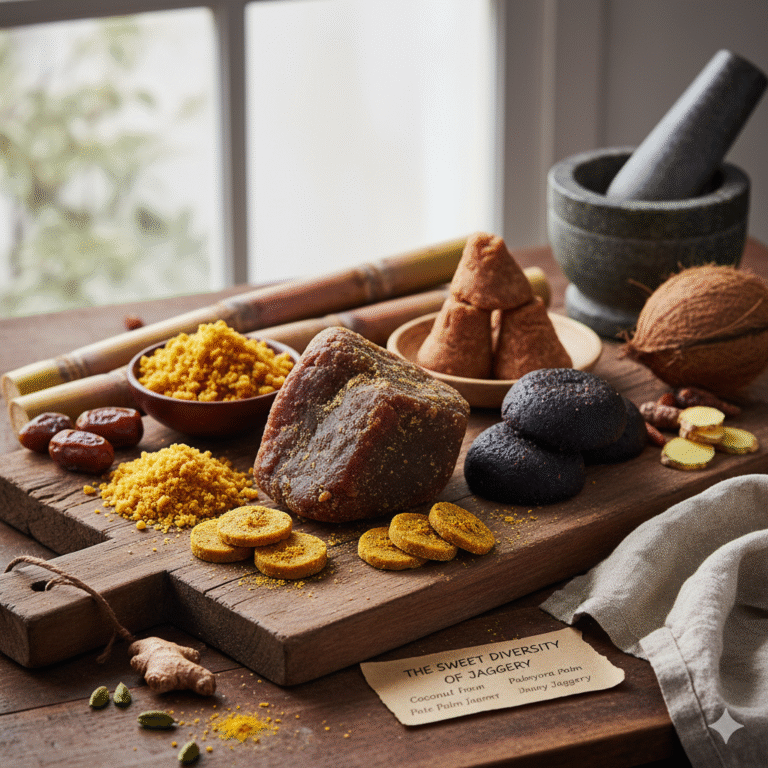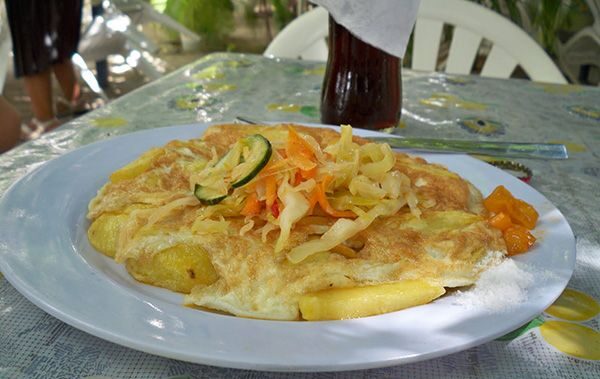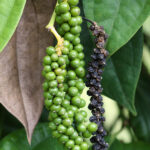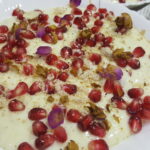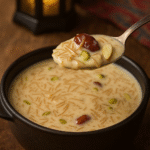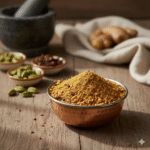The Best Fluffy Pancakes recipe you will fall in love with. Full of tips and tricks to help you make the best pancakes.
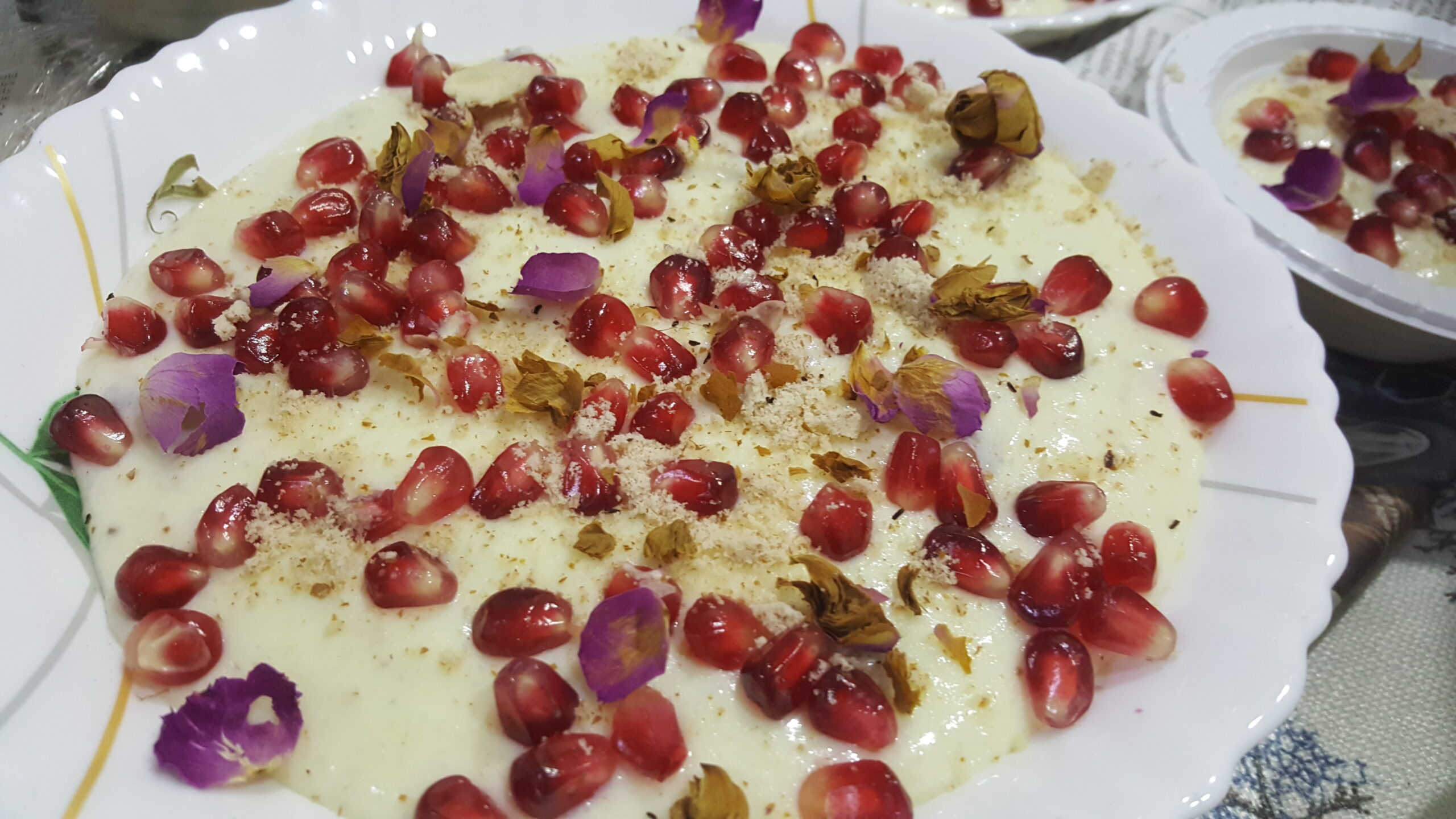
In the vibrant tapestry of Bohra cuisine, where shared thals, ceremonial handwashing, and community meals bring people together, one tradition shines brightest during the month of Rabi ul Awwal—the celebration of Milad un-Nabi.
For Dawoodi Bohra households across the globe, from India to East Africa, this sacred occasion begins with a sweet dish known as Kalamro (or Kalamra). More than a dessert, Kalamro is history served in a bowl—a symbol of faith, joy, and unity.
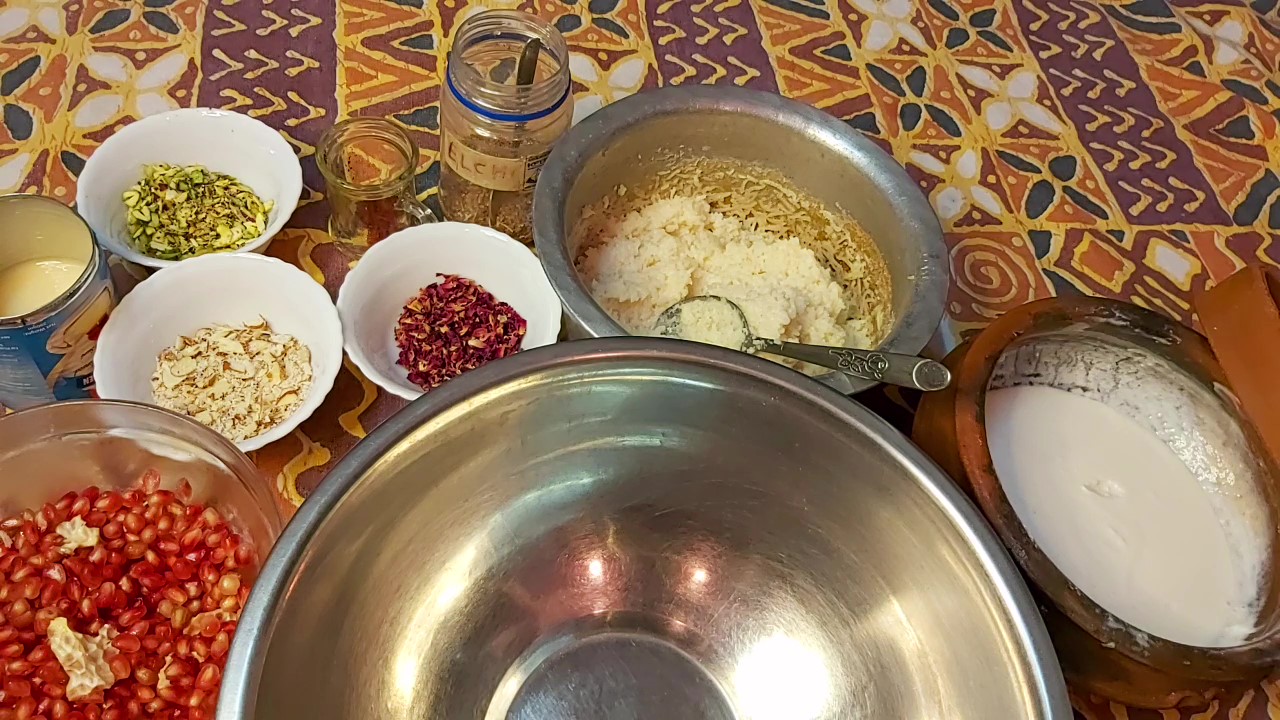
A Culinary Journey Through Childhood
Growing up in the heart of the Bohra community in Kenya, I remember how Milad un-Nabi meant not just prayers but also flavours that brought families closer. The centrepiece of every gathering was always Bohra Kalamro—a divine, creamy pudding that embodied love, togetherness, and celebration.
The elders of our community would prepare immense thaals filled to the brim with Kalamro, and they would open their doors to everyone. It was a heartwarming sight to witness, and for us kids, it was an adventure.
As children, we would race from house to house, tasting each family’s unique version of Kalamro and secretly declaring which one was the best. But for me, there was never a contest—my mother’s Kalamro always won, both in flavour and in love. In fact, her recipe became prize-winning at community and school competitions, earning her recognition as the best Kalamro maker we knew.
One of my fondest memories is watching her carefully prepare a large pot of rice, then turn it out onto an open thaal (large tray) to cool. I, being the only child hovering nearby, had the privilege of licking the tray clean after the bowls were filled—every creamy morsel was pure heaven. To this day, that memory tastes sweeter than any award.
The Origins and Significance of Kalamro
Kalamro is not just food—it’s a story told through generations. Traditionally served on 12th Rabi ul Awwal, the birth anniversary of Prophet Muhammad (SAW), Kalamro is believed by many to have been among his favored dishes. Another tale suggests that Bohra families chose Kalamro because of its balance of simplicity and richness, making it the perfect dish for communal sharing.
Every ingredient has purpose:
- Rice is considered healing, believed to combat 72 illnesses.
- Yogurt cools the body and balances the richness.
- Pomegranate seeds symbolize the blessings of paradise.
- Rose petals embody love and festivity.
This symphony of flavors ensures that no Milad un-Nabi is complete without Kalamro.
Each ingredient tells a story:
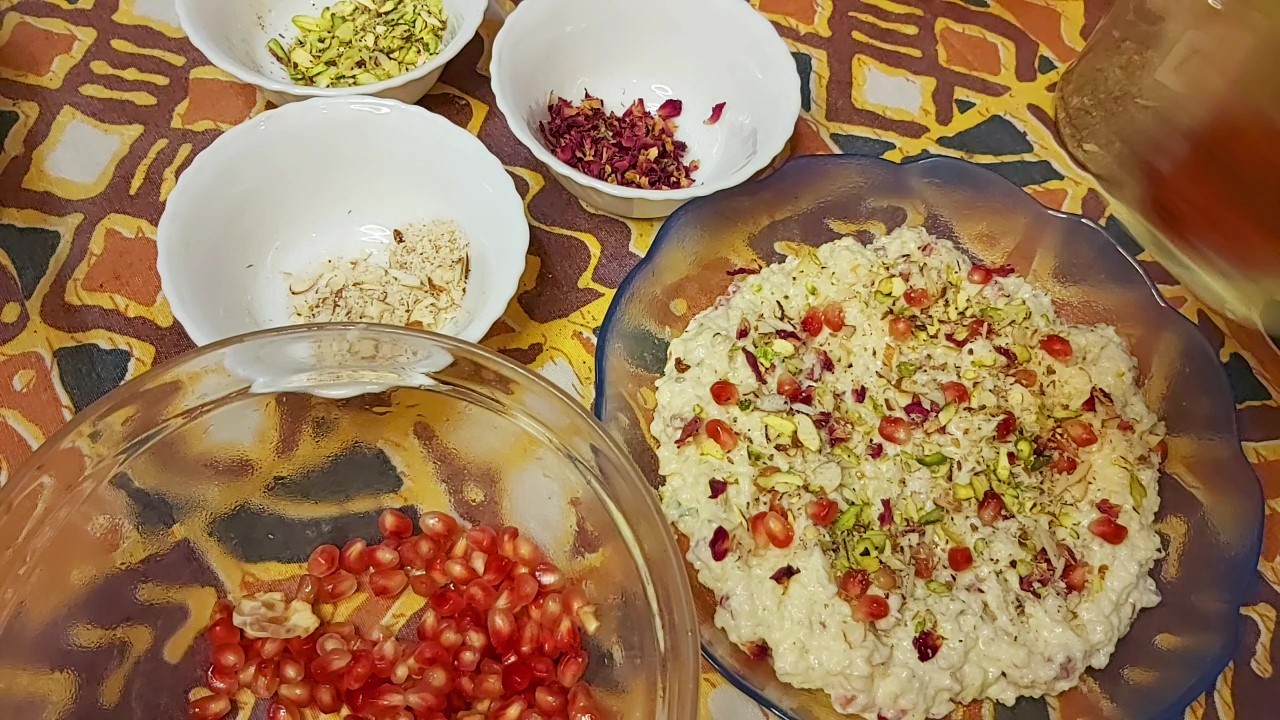
Ingredients
- Rice (1 cup, preferably basmati or sona masoori): The base of Kalamro. Rice brings body and texture—fragrant grains make the pudding more aromatic.
- Milk (3 cups): Used to cook the rice until soft and creamy.
- Yogurt (2 cups, whisked): A must-have ingredient. Yogurt adds a refreshing tang that balances the sweetness.
- Condensed milk or sugar (½ cup): Choose your sweetener. Condensed milk makes it rich, while sugar keeps it light.
- Cardamom powder (½ tsp): Adds warmth and aroma.
- Saffron strands (a pinch, soaked in warm milk): A luxury ingredient that gives a golden hue and royal fragrance.
- Pomegranate seeds (1 cup): The signature garnish of Kalamro—juicy bursts of freshness. The jewel—without it, Kalamro is incomplete.
Optional & Decorative Toppings
- Fresh rose petals: Preferably desi gulab (Indian damask rose) for its fragrance or pink Kashmiri rose for delicate beauty. Always use organic petals, washed thoroughly.
- Almonds & pistachios (sliced): Add crunch and richness.
- Raisins: Soft, sweet pops that balance yogurt’s tang.
• • Chandi ka varq (silver leaf): Traditionally used for festive touch.
Authentic Bohra Kalamro Recipe – A Sweet Tradition of Milad un-Nabi
Course: DessertCuisine: Bohra CuisineDifficulty: Medium6
servings15
minutes30
minutes300
kcal1
minute45
minutesBohra Kalamro is a festive sweet rice and yogurt pudding, enriched with saffron, nuts, and pomegranate—perfect for Milad un-Nabi celebrations.
Ingredients
* 1 cup rice (preferably broken Kenyan Pishori or basmati )
* ½ cup milk
* ¼ tsp salt
* ¼ cup evaporated milk
* 2 cups sour yogurt (whisked)
* ½ cup condensed milk (or sugar, to taste)
* ½ tsp cardamom powder
* A few strands of saffron (soaked in warm milk)
* 1 cup pomegranate seeds (a must-have!)
* 2 tbsp slivered almonds
* 2 tbsp slivered pistachios
* Raisins (optional)
* Fresh rose petals (preferably desi gulab or Kashmiri roses)
Directions
- Prepare the Rice
- Wash the rice three times to remove excess starch. This ensures the grains remain light and fluffy rather than sticky.
- Soak the rice for 30 minutes in clean water. Soaking helps the grains cook evenly.
- Parboil the Rice
- In a pot, bring water to a boil with a pinch of salt.
- Add the soaked rice and cook until it is half-cooked (you should be able to bite into the grain and find it firm in the center).
- Drain the rice immediately to stop the cooking process.
- Cook Rice in Milk
- In the same pot, add regular milk and evaporated milk (or full-fat milk if you prefer). Bring it to a gentle simmer.
- Add the half-cooked, drained rice into the milk and cook on low heat until the rice turns completely soft and the milk is absorbed.
- Stir occasionally to avoid sticking at the bottom.
- Important Note:** If you are using sugar instead of condensed milk, add it at this stage so it dissolves while the rice is cooking in milk.
- Mash Lightly & Cool
- Once the rice is fully cooked and the milk has thickened, mash the rice lightly with the back of a spoon or ladle.
- Allow the mixture to cool completely before moving to the next step. This is important, as adding yogurt while hot may cause it to curdle.
- Add Yogurt & Sweetener
- Once cooled, stir in fresh yogurt and condensed milk (if you didn’t use sugar earlier).
- Adjust the balance of sweet and tangy flavor according to taste. The key to Kalamro is the perfect harmony of sweet and sour.
- Flavouring
- Stir in ground cardamom, a few strands of soaked saffron, and a handful of chopped nuts (almonds, pistachios) and raisins.
- Add a few fresh rose petals for aroma.
- Chill
- Transfer the Kalamro to a serving bowl and let it chill in the refrigerator for 1–2 hours.
- Chilling enhances the flavors and gives it the creamy yet refreshing texture it is known for.
- Garnish & Serve
- Before serving, garnish generously with pomegranate seeds, sliced almonds, pistachios, raisins, and fresh edible rose petals (preferably desi gulab or damask rose for their fragrance).
- Serve cold and enjoy this festive Bohra delicacy.
- Pro Tip:** Always add yogurt when the rice mixture is completely cool; otherwise, it may split or curdle.
Recipe Video
Notes
- Kitchen & Serving Tips
If using sugar as a sweetener instead of sweet condensed milk, add the sugar while cooking the rice in milk and keep on stirring so that the milk doesn’t burn. You can always add more sweetener later on. - Cool rice completely to room temp before adding yogurt to avoid splitting.
For extra creaminess, use full-fat sour yogurt. The sour the yoghurt the better the kalamro outcome.
Add pomegranate just before serving for freshness.
Serve in clear glass bowls or a thaal to showcase the colors.
• • For festive gatherings, decorate with a single rose bloom in the center.
🍴 Serving Suggestions
- Serve chilled in glass bowls topped with extra pomegranate.
- Pair it with Dal Chawal Palidu and beef Samosas for a complete festive thaal experience.
• • Enjoy after a rich meal of Bohra biryani or Kheema Khichdi.
🌹 Variations & Topping Ideas
- Classic Garnish – Pomegranate + rose petals + almonds + pistachios.
- Floral Touch – Fresh damask rose petals (avoid supermarket roses as they lack aroma).
- Nutty Crunch – Toasted almonds, cashews, or pistachios for extra richness.
- Healthier Version – Use jaggery or honey instead of sugar.
- Festive Royal Touch – Add edible silver leaf (varq) for an elegant presentation.
Why This Recipe is Special
Kalamro recipes may vary, but the essence lies in rice, yogurt, sweetness, and pomegranate. My mother’s version, though, always stood out for its perfect balance—never too sweet, always with that tang of yogurt, and beautifully decorated with rose petals. It’s no wonder her Kalamro was award-winning.
To me, every spoonful still tastes like her love, her patience, and the joy of sharing that defines Bohra food culture.
🌍 Cultural Importance
For Bohras, Kalamro is not just a dessert. It is:
- A dish made with niyyah (intention) to honor the Prophet’s birth.
- A way to strengthen community ties by sharing with neighbors.
- A reminder of tradition, carried across continents from India to East Africa to the Middle East.
A Dessert of Love and Legacy
When you prepare Bohra Kalamro, you’re not just making dessert—you’re participating in a tradition that has connected Bohra families for generations. It’s a dish that celebrates unity, faith, and joy.
This Milad un-Nabi, bring a piece of Bohra heritage into your kitchen with my mother’s prize-winning recipe—and let your home be filled with the same sweetness, love, and blessings I grew up with.
Q1: How did Kalamro originate in Bohra culture?
A1: Kalamro is believed to be the Prophet Muhammad’s favorite dish, making it an essential part of Milad un-Nabi celebrations. Another story attributes its origin to the Bohras’ quest for an ideal dish to commemorate the Prophet’s birthday.
Q2: What is the significance of each ingredient in Kalamro?
A2: Each ingredient holds symbolic importance; rice is believed to combat illnesses, yogurt offers a cooling effect, and pomegranate symbolizes a seed from Paradise.
Q3: Can I customize the Kalamro recipe?
A3: Absolutely! Adapt the recipe to your taste preferences, experimenting with additional ingredients or variations without altering with the main ingredients like rice, pomegranate and yoghurt and a sweetner.
Q4: Why is Kalamro the first dish during Milad un-Nabi?
A4: Kalamro holds a symbolic significance as the inaugural dish, rendering the Milad un-Nabi celebration incomplete without its presence.
For a detailed guide, watch the Bohra Kalamro recipe video on my YouTube channel.

